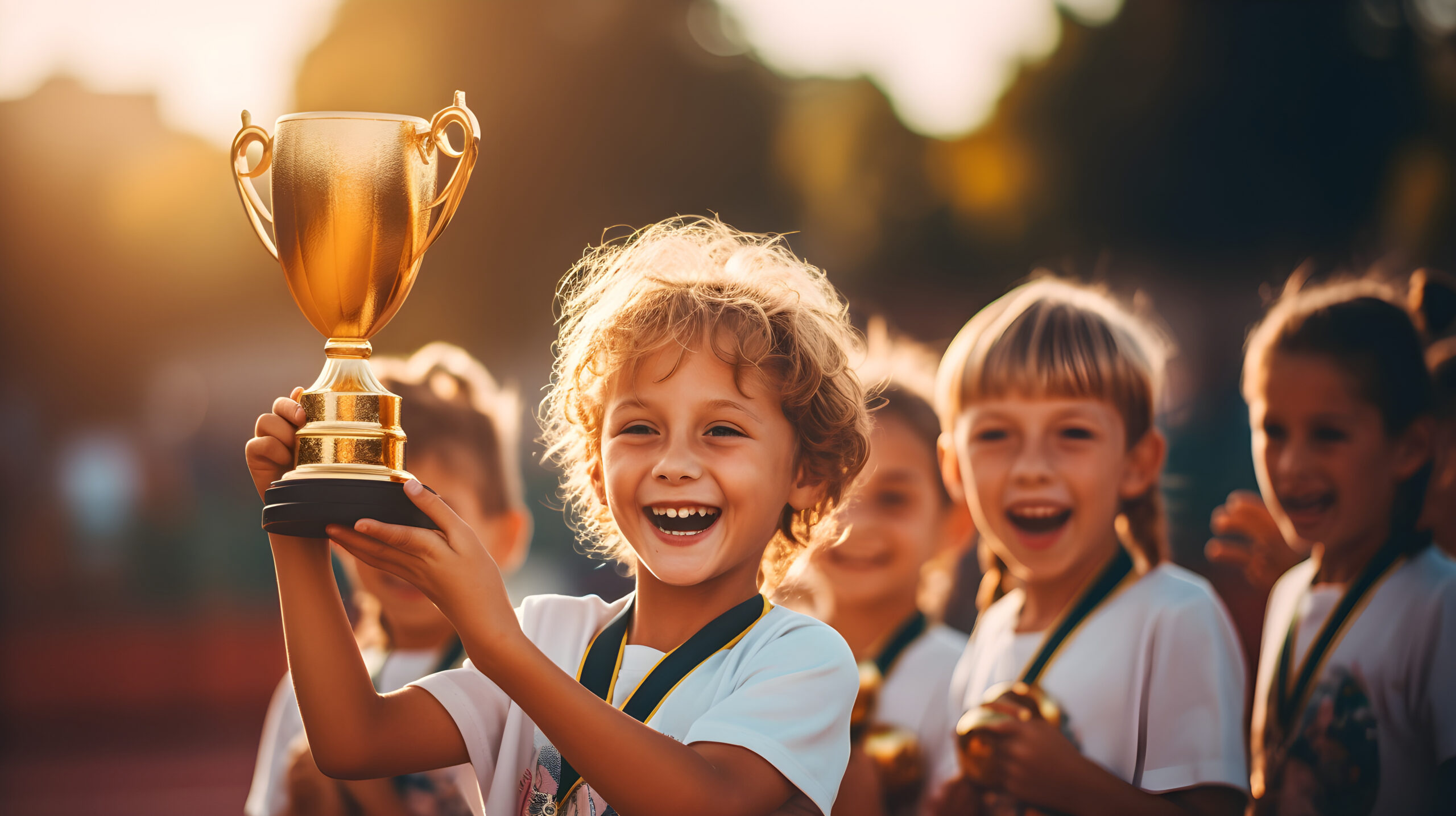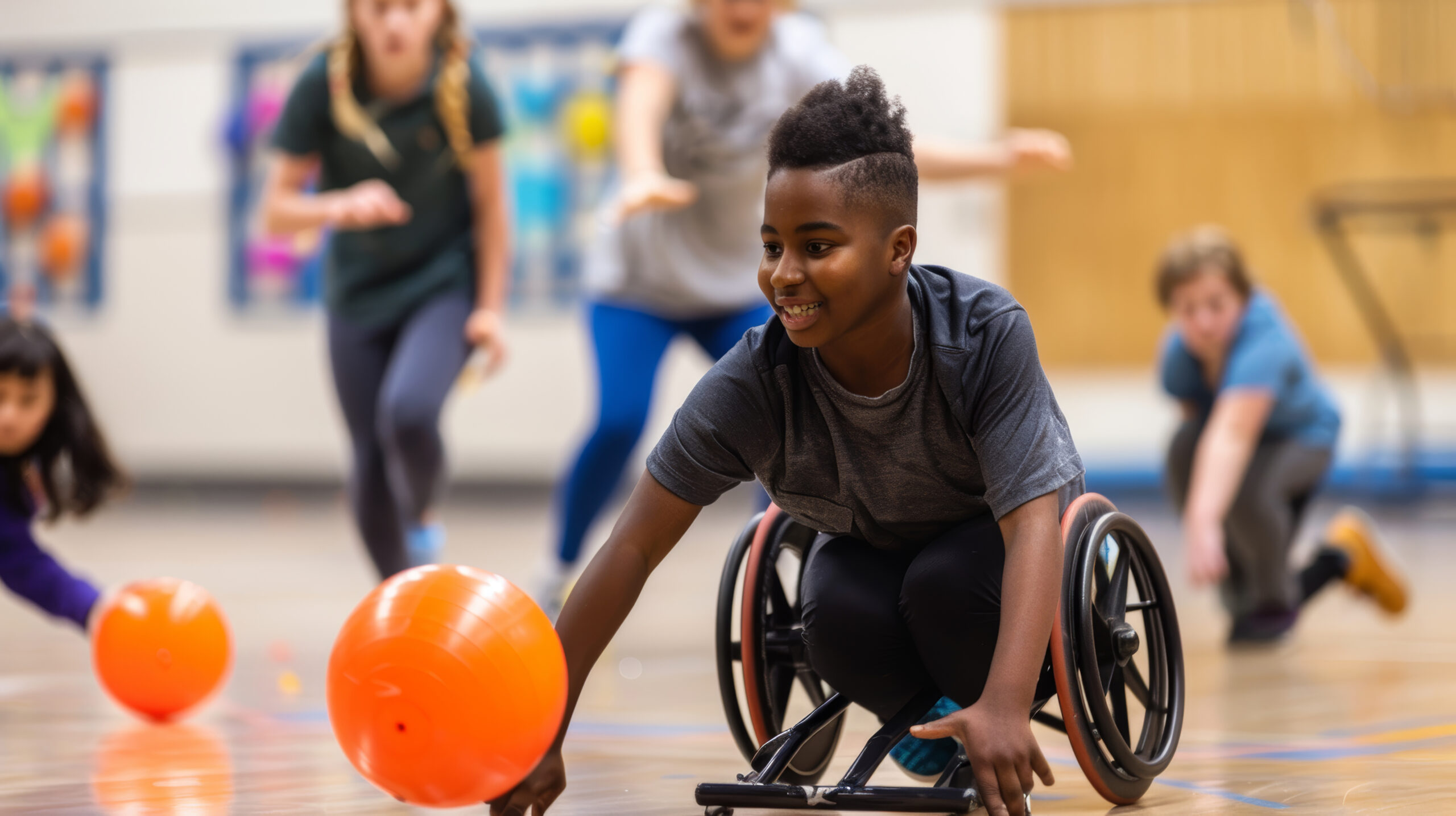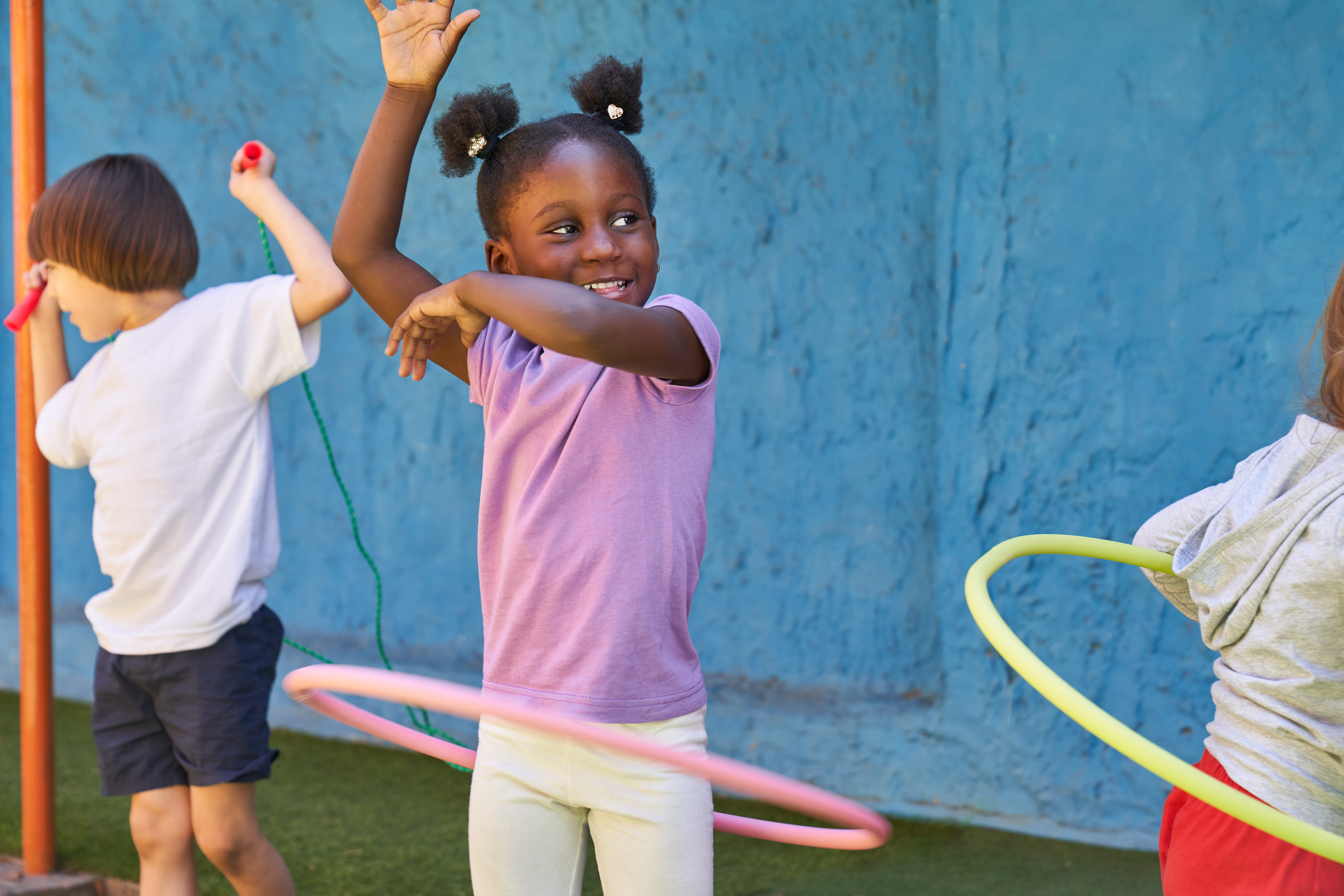The Physical Literacy Consensus Statement for England
"Physical Literacy is our relationship with movement and physical activity throughout life."

“Physical Literacy is our relationship with movement and physical activity throughout life.”
The Physical Literacy Consensus Statement for England was recently revealed at a conference in London. This statement, developed to create a shared understanding of physical literacy, brings together individuals from the academic, sport and physical activity sectors. It aims to promote positive experiences for children and young people and emphasises the importance of being physically literate in their development.
This statement is expected to mobilise a community dedicated to promoting lifelong engagement in physical activity and ensuring optimal conditions for children and young people to thrive physically and mentally.
It has been broken down in the following way…
Understanding physical literacy
“Physical Literacy is our relationship with movement and physical activity throughout life.” This relationship can change throughout our lives, depending on circumstances, health and experiences. A positive relationship with commitment to being active increases the degree to being physically literate.
Why physical literacy matters
The benefits to being physically active are huge for individuals, communities and a nation as a whole. It is vital everyone is working together to help ensure people are moving. But is more than just movement. It is the relationship with movement.
Supporting physical literacy
Connections and commitment to activity are formed through finding value, enjoyment and meaning to being active. It is shaped by how we think, feel, move and connect. It is important there are opportunities to positively shape our experiences.
Our experiences affect our physical literacy
Experiences can be both negative and positive. Influences from other people, places and spaces, communities we live in and our culture all play a part on influencing our physical literacy.
Physical literacy is personal
Our relationship, needs and experiences to activity and movement are personal. Therefore, everyone’s physical literacy is unique and can change throughout our lives.
Movement and Physical Activity
The consensus statement recognises the broad scope of physical literacy, using the phrase “movement and physical activity” as an umbrella term. This term covers a wide range of activities including sport, active recreation, play, exercise, lifestyle activities, and active transport.
It sounds more complex than it is. It’s more everyday, what we are doing to be active, and why we are doing it. Primary school age children are at a vital age to develop physical literacy and begin to create a positive relationship to physical activity. This continues into teenage years and adulthood.
The Importance of the Statement
Many countries have already developed a deeper understanding and their own concepts for what it means for someone to be physically literate. And although there are differences, their aims and ambitions are often the same… to create healthier nations of people, where individuals can, want to and have access to allow them to lead healthy, active lifestyles.
It is more than just movement and covers more than just one area. All areas of education, health and recreation must work together to create better, more enjoyable and accessible opportunities to build positive relationships with movement and activity.
Conclusion
To help more people become active it is important everyone involved in sport, physical activity, health and education understand that there’s more to it than just helping someone learn a new skill. It is important to consider how they move, connect, think and feel about movement. Understanding the experiences they may already have, the culture and community they are involved in, the environment around them and the people around them.
Positive experiences, exploration and discovery should be accessible to all children in primary school, with quality outdoor opportunities for play. As well as enrichment opportunities and ensuring high quality PE throughout school. These opportunities will help build resilience and determination and be a great platform to develop physically literate children.
For more information you can read the full Consensus Statement for England here.


